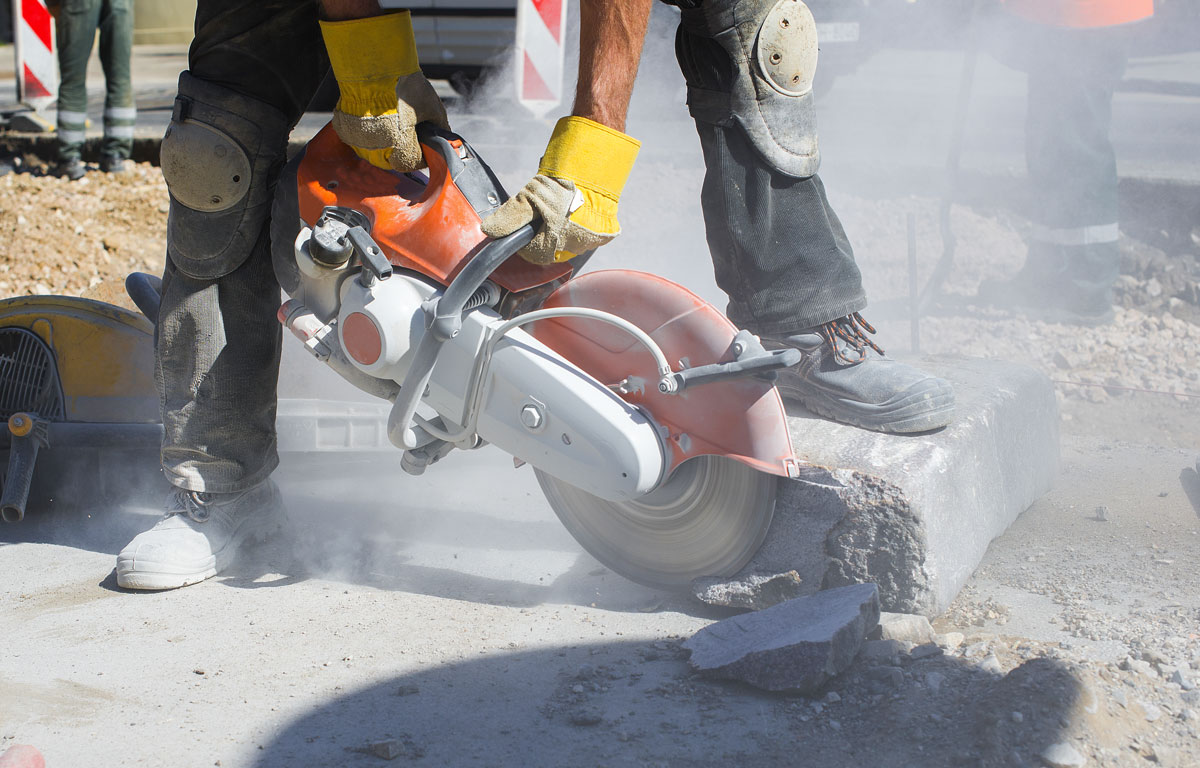As you know, industrial environments can be filled with hazards just waiting for someone not paying attention. And your Food and Beverage plant even has some unique challenges of its own.
On a daily basis, your floor is exposed to hot oils, blood, sugars, food acids, animal fats and the ever-present hot water washdown. One of your most common problems maintaining a floor that is slip resistant in the mist of all those slick substances. Production areas, coolers, locker rooms, etc., there is always the possibility of an employee slipping or falling and getting injured. Not having a slick resistant floor can cause real safety concerns for everyone involved. The 3 biggest issues that are most often with creating a slip resistant surface is labor restrictions, time, and cost. Let’s cover some common myths about applying the appropriate slip proof flooring:
Myth 1: “I don’t have the manpower to put down a flooring system”
Implementing a slip proof floor in a food processing does not have to tie up your entire team of maintenance technicians. Modern technologies have created systems that are easy to apply and require very little in the way of special tools or expertise.
Myth 2: “I don’t have the time to spend to put down an elaborate non slip floor”
Slip proof resistant surfaces can be applied and put back into service within hours and even completed in a few steps. Here’s an example of one way a slip proof flooring can be put down in 6 steps:
| Steps | Instructions |
|---|---|
| Step 1 | Clean area thoroughly and remove any loose or damaged materials. |
| Step 2 | Sand any existing coating |
| Step 3 | Roll on primer. |
| Step 4 | Roll on coating. |
| Step 5 | Broadcast aggregate into surface while still wet. |
| Step 6 | Seal area with coating. |
The truth is, most people assume they can’t do it. But, if you choose the right material, doing it yourself can be a real time and money saver.




Share this: